Which Type of Render Finish is Right for Your Home?
Rendering, or applying a finish to the exterior walls of a building, is a vital part of maintaining and improving your home’s aesthetic appeal. It makes your home look great and also offers an extra layer of protection against the weather. However, there are numerous types of rendering available, each with its advantages and properties. We’re going to discuss four popular types of render and different types of render finish: Monocouche, Silicone, Mineral, and Lime render.
Monocouche Render finish
Originating from France, Monocouche means “one coat”. However, despite the name, it is applied in two coats to achieve the required thickness of around 15-17mm. The first pass allows for fibreglass mesh to be embedded, enhancing the system’s strength. Monocouche render is a type of through-coloured render, meaning the colour permeates the entire render mix, not just the surface. This makes it incredibly resistant to the elements, and the colour does not fade over time.
Monocouche render is often applied using a spray machine, making it quicker and less labour-intensive than traditional render applications. The finished surface can be manipulated to create a variety of textures, ranging from a scraped finish to a more stippled or roughcast look, depending on your preference.
This render type is exceptionally low-maintenance due to its integrated colour and self-cleaning capabilities, which repel dirt and water. It’s also highly breathable, allowing moisture to escape from the structure and reducing the risk of dampness and other related issues.
Silicone Render finish
Silicone render is a premium option known for its superior flexibility. This makes it resistant to cracking and damage from minor building movements over time. It is also incredibly water-resistant. As such, it is less prone to algae and fungal growth, thereby maintaining a cleaner surface over longer periods.
The availability of different grain sizes allows you to decide the texture of your finish. Smaller grain sizes (1-1.5mm) will give a very fine texture. However, larger grains (2-3mm) will produce a more noticeable aggregate finish. This variety in the finish, combined with a wide range of colours, makes silicone a versatile choice for many different types of buildings. For example, our Silicone Render can be tinted to any custom, RAL, or NCS colour. For application purposes, the thickness of the render will be the same as the grain size chosen. Therefore, if you choose a 3mm grain size, the render will need to be at least 3mm thick.
An additional feature of silicone render is its self-cleaning property. The hydrophobic nature of silicone repels water, meaning rain droplets will pick up dirt particles on the surface and carry them away, helping to keep your building looking cleaner for longer.
Silicone scratched finish
A Silicone Render Scratched Finish is a textured surface achieved by applying a thicker layer of silicone render, typically with a 3mm grain size. After applying the render, it is scratched with a special tool to create a rough, textured appearance. This finish offers a traditional, rustic look while maintaining the benefits of silicone render, such as flexibility, breathability, and water resistance. The thicker application allows for scratching, and the silicone component ensures durability, making it resistant to cracking and ideal for external walls.
Mineral Render
Mineral render is ideal for colder climates or time-critical projects, as it dries and sets much faster than other render types. This is due to the presence of cement in its composition, which enables it to cure quickly. However, because of its fast-drying nature, it’s typically applied only when temperatures are above freezing to prevent frost damage.
The mineral render also requires a final silicone or silicate-based paint finish to make it weather-resistant and prevent water absorption. But once this is done, you’ll have a robust, durable render that’s resistant to scratches and impact, as well as fungi and algae.
-
Monocouche Render (EWI-090) 25KG
Rated 4.80 out of 5From £14.39 Incl. VATFrom £11.99 Excl. VAT -
Silicone Render (EWI-075) – 25KG
Rated 4.83 out of 5From £83.99 Incl. VATFrom £69.99 Excl. VAT -
Mineral Render (EWI-060) – 25kg
Rated 3.80 out of 5£24.00 Incl. VAT£20.00 Excl. VAT£27.71 Incl. VAT£23.09 Excl. VAT
Lime Render
Traditionally used to restore historic or period properties, lime render has resurgent recently due to its eco-friendly and breathable properties. Unlike other renders, lime render allows moisture within the building to evaporate quickly, reducing the risk of trapped moisture and potentially damp issues.
Despite its benefits, lime render requires specialist application techniques and longer curing periods, making it more time-consuming and costlier than other types of render. However, it offers a beautiful, mellow finish that weathers naturally over time, adding a unique character to any building.
Which render finish is the best?
When choosing a render type, consider your home’s needs, the local climate, your budget, and the aesthetics you’re aiming for:
- Monocouche render provides a robust, weather-resistant finish with minimal maintenance required. It’s a versatile option for modern homes, offering various textures and colours.
- Silicone render is a premium, highly flexible option, perfect for homes exposed to various weather conditions. It’s also self-cleaning, helping to maintain the appearance of your property.
- Mineral render is a quick-setting option ideal for colder climates or projects with tight deadlines. However, it requires additional sealing with paint to make it fully weather-resistant.
- Lime render, while labour-intensive, offers superior breathability, making it perfect for older or period properties and those aiming for a more eco-friendly approach. Despite its higher cost and longer curing, it provides a beautifully natural, weathered finish.
Brick slip stencils and wood effect render
Silicone Render has added benefits. It works alongside different stencils to create even more intricate finishes. For example, brick slip stencils can be attached to the wall, and the cavities can be filled with silicone render tinted to any colour to effortlessly create a realistic brick effect. The stencils then peel away, revealing a professional-looking brick slip finish with added benefits! As silicone render is spray machine compatible, the process takes just a few minutes. Crucially, they are also adaptable and, therefore, suitable for exterior and interior applications.
Moreover, imprint stamps create a wood effect finish. Whilst the Silicone Render is still wet, a large stamp is pressed into the render to create veins synonymous with wood. If the render is tinted to an earthy shade, the finish will mimic wood flawlessly.
-
Brick slip render finish -
Brick slip stencil -
Wood effect render finish
Do you have a favourite render finish? Do you want to know more about render finishes? Comment below to start the discussion.
Facebook
Twitter
LinkedIn
Your cart
Trade Account Login

We use cookies on our website to give you the most relevant experience by remembering your preferences and repeat visits. By clicking “Accept All”, you consent to the use of ALL the cookies. However, you may visit "Cookie Settings" to provide personalised consent.
Manage consent
Privacy Overview
This website uses cookies to improve your experience while you navigate through the website. Out of these, the cookies that are categorized as necessary are stored on your browser as they are essential for the working of basic functionalities of the website. We also use third-party cookies that help us analyze and understand how you use this website. These cookies will be stored in your browser only with your consent. You also have the option to opt-out of these cookies. But opting out of some of these cookies may affect your browsing experience.
Necessary cookies are absolutely essential for the website to function properly. These cookies ensure basic functionalities and security features of the website, anonymously.
| Cookie | Duration | Description |
|---|---|---|
| __stripe_mid | 1 year | This cookie is set by Stripe payment gateway. This cookie is used to enable payment on the website without storing any patment information on a server. |
| __stripe_sid | 30 minutes | This cookie is set by Stripe payment gateway. This cookie is used to enable payment on the website without storing any patment information on a server. |
| _GRECAPTCHA | 5 months 27 days | This cookie is set by the Google recaptcha service to identify bots to protect the website against malicious spam attacks. |
| apbct_cookies_test | session | CleanTalk sets this cookie to prevent spam on comments and forms and act as a complete anti-spam solution and firewall for the site. |
| apbct_page_hits | session | CleanTalk sets this cookie to prevent spam on comments and forms and act as a complete anti-spam solution and firewall for the site. |
| apbct_prev_referer | session | Functional cookie placed by CleanTalk Spam Protect to store referring IDs and prevent unauthorized spam from being sent from the website. |
| apbct_site_landing_ts | session | CleanTalk sets this cookie to prevent spam on comments and forms and act as a complete anti-spam solution and firewall for the site. |
| apbct_site_referer | 3 days | This cookie is placed by CleanTalk Spam Protect to prevent spam and to store the referrer page address which led the user to the website. |
| apbct_timestamp | session | CleanTalk sets this cookie to prevent spam on comments and forms and act as a complete anti-spam solution and firewall for the site. |
| apbct_urls | 3 days | This cookie is placed by CleanTalk Spam Protect to prevent spam and to store the addresses (urls) visited on the website. |
| AWSALBCORS | 7 days | This cookie is managed by Amazon Web Services and is used for load balancing. |
| cookielawinfo-checkbox-advertisement | 1 year | Set by the GDPR Cookie Consent plugin, this cookie is used to record the user consent for the cookies in the "Advertisement" category . |
| cookielawinfo-checkbox-analytics | 11 months | This cookie is set by GDPR Cookie Consent plugin. The cookie is used to store the user consent for the cookies in the category "Analytics". |
| cookielawinfo-checkbox-functional | 11 months | The cookie is set by GDPR cookie consent to record the user consent for the cookies in the category "Functional". |
| cookielawinfo-checkbox-necessary | 11 months | This cookie is set by GDPR Cookie Consent plugin. The cookies is used to store the user consent for the cookies in the category "Necessary". |
| cookielawinfo-checkbox-others | 11 months | This cookie is set by GDPR Cookie Consent plugin. The cookie is used to store the user consent for the cookies in the category "Other. |
| cookielawinfo-checkbox-performance | 11 months | This cookie is set by GDPR Cookie Consent plugin. The cookie is used to store the user consent for the cookies in the category "Performance". |
| ct_checkjs | session | CleanTalk–Used to prevent spam on our comments and forms and acts as a complete anti-spam solution and firewall for this site. |
| ct_fkp_timestamp | session | CleanTalk sets this cookie to prevent spam on the site's comments/forms, and to act as a complete anti-spam solution and firewall for the site. |
| ct_pointer_data | session | CleanTalk sets this cookie to prevent spam on the site's comments/forms, and to act as a complete anti-spam solution and firewall for the site. |
| ct_ps_timestamp | session | CleanTalk sets this cookie to prevent spam on the site's comments/forms, and to act as a complete anti-spam solution and firewall for the site. |
| ct_sfw_pass_key | 1 month | CleanTalk sets this cookie to prevent spam on comments and forms and act as a complete anti-spam solution and firewall for the site. |
| ct_timezone | session | CleanTalk–Used to prevent spam on our comments and forms and acts as a complete anti-spam solution and firewall for this site. |
| elementor | never | This cookie is used by the website's WordPress theme. It allows the website owner to implement or change the website's content in real-time. |
| viewed_cookie_policy | 11 months | The cookie is set by the GDPR Cookie Consent plugin and is used to store whether or not user has consented to the use of cookies. It does not store any personal data. |
Functional cookies help to perform certain functionalities like sharing the content of the website on social media platforms, collect feedbacks, and other third-party features.
| Cookie | Duration | Description |
|---|---|---|
| __zlcmid | 1 year | This cookie is used by Zendesk live chat and is used to store the live chat ID. |
| bcookie | 2 years | LinkedIn sets this cookie from LinkedIn share buttons and ad tags to recognize browser ID. |
| bscookie | 2 years | LinkedIn sets this cookie to store performed actions on the website. |
| lang | session | LinkedIn sets this cookie to remember a user's language setting. |
| lidc | 1 day | LinkedIn sets the lidc cookie to facilitate data center selection. |
| UserMatchHistory | 1 month | LinkedIn sets this cookie for LinkedIn Ads ID syncing. |
Performance cookies are used to understand and analyze the key performance indexes of the website which helps in delivering a better user experience for the visitors.
| Cookie | Duration | Description |
|---|---|---|
| __utma | 2 years | This cookie is set by Google Analytics and is used to distinguish users and sessions. The cookie is created when the JavaScript library executes and there are no existing __utma cookies. The cookie is updated every time data is sent to Google Analytics. |
| __utmb | 30 minutes | Google Analytics sets this cookie, to determine new sessions/visits. __utmb cookie is created when the JavaScript library executes and there are no existing __utma cookies. It is updated every time data is sent to Google Analytics. |
| __utmc | session | The cookie is set by Google Analytics and is deleted when the user closes the browser. It is used to enable interoperability with urchin.js, which is an older version of Google Analytics and is used in conjunction with the __utmb cookie to determine new sessions/visits. |
| __utmt | 10 minutes | Google Analytics sets this cookie to inhibit request rate. |
| __utmv | 2 years | The __utmv cookie is set on the user's device, to enable Google Analytics to classify the visitor. |
| __utmz | 6 months | Google Analytics sets this cookie to store the traffic source or campaign by which the visitor reached the site. |
| sib_cuid | 6 months | Purechat uses this cookie to send data to purechat.com, to connect visitors to the reservation team and track visitors to stay on portal. |
| SRM_B | 1 year 24 days | Used by Microsoft Advertising as a unique ID for visitors. |
Analytical cookies are used to understand how visitors interact with the website. These cookies help provide information on metrics the number of visitors, bounce rate, traffic source, etc.
| Cookie | Duration | Description |
|---|---|---|
| _ga | 2 years | The _ga cookie, installed by Google Analytics, calculates visitor, session and campaign data and also keeps track of site usage for the site's analytics report. The cookie stores information anonymously and assigns a randomly generated number to recognize unique visitors. |
| _gat_gtag_UA_61069204_2 | 1 minute | Set by Google to distinguish users. |
| _gat_UA-61069204-2 | 1 minute | A variation of the _gat cookie set by Google Analytics and Google Tag Manager to allow website owners to track visitor behaviour and measure site performance. The pattern element in the name contains the unique identity number of the account or website it relates to. |
| _gcl_au | 3 months | Provided by Google Tag Manager to experiment advertisement efficiency of websites using their services. |
| _gid | 1 day | Installed by Google Analytics, _gid cookie stores information on how visitors use a website, while also creating an analytics report of the website's performance. Some of the data that are collected include the number of visitors, their source, and the pages they visit anonymously. |
| _uetsid | 1 day | This cookies are used to collect analytical information about how visitors use the website. This information is used to compile report and improve site. |
| CONSENT | 2 years | YouTube sets this cookie via embedded youtube-videos and registers anonymous statistical data. |
Advertisement cookies are used to provide visitors with relevant ads and marketing campaigns. These cookies track visitors across websites and collect information to provide customized ads.
| Cookie | Duration | Description |
|---|---|---|
| _fbp | 3 months | This cookie is set by Facebook to display advertisements when either on Facebook or on a digital platform powered by Facebook advertising, after visiting the website. |
| ANONCHK | 10 minutes | The ANONCHK cookie, set by Bing, is used to store a user's session ID and also verify the clicks from ads on the Bing search engine. The cookie helps in reporting and personalization as well. |
| fr | 3 months | Facebook sets this cookie to show relevant advertisements to users by tracking user behaviour across the web, on sites that have Facebook pixel or Facebook social plugin. |
| MUID | 1 year 24 days | Bing sets this cookie to recognize unique web browsers visiting Microsoft sites. This cookie is used for advertising, site analytics, and other operations. |
| NID | 6 months | NID cookie, set by Google, is used for advertising purposes; to limit the number of times the user sees an ad, to mute unwanted ads, and to measure the effectiveness of ads. |
| test_cookie | 15 minutes | The test_cookie is set by doubleclick.net and is used to determine if the user's browser supports cookies. |
| uuid | 6 months | MediaMath sets this cookie to avoid the same ads from being shown repeatedly and for relevant advertising. |
| VISITOR_INFO1_LIVE | 5 months 27 days | A cookie set by YouTube to measure bandwidth that determines whether the user gets the new or old player interface. |
| YSC | session | YSC cookie is set by Youtube and is used to track the views of embedded videos on Youtube pages. |
| yt-remote-connected-devices | never | YouTube sets this cookie to store the video preferences of the user using embedded YouTube video. |
| yt-remote-device-id | never | YouTube sets this cookie to store the video preferences of the user using embedded YouTube video. |
| yt.innertube::nextId | never | This cookie, set by YouTube, registers a unique ID to store data on what videos from YouTube the user has seen. |
| yt.innertube::requests | never | This cookie, set by YouTube, registers a unique ID to store data on what videos from YouTube the user has seen. |
Other uncategorized cookies are those that are being analyzed and have not been classified into a category as yet.
| Cookie | Duration | Description |
|---|---|---|
| _clck | 1 year | No description |
| _clsk | 1 day | No description |
| _uetvid | 1 year 24 days | No description available. |
| AnalyticsSyncHistory | 1 month | No description |
| apbct_pixel_url | session | No description |
| apbct_visible_fields_0 | session | No description |
| apbct_visible_fields_1 | session | No description |
| apbct_visible_fields_10 | session | No description |
| apbct_visible_fields_2 | session | No description |
| apbct_visible_fields_3 | session | No description |
| apbct_visible_fields_4 | session | No description |
| apbct_visible_fields_5 | session | No description |
| apbct_visible_fields_6 | session | No description |
| apbct_visible_fields_7 | session | No description |
| apbct_visible_fields_8 | session | No description |
| apbct_visible_fields_9 | session | No description |
| ct_checked_emails | session | No description |
| ct_has_scrolled | session | No description |
| ct_mouse_moved | session | No description |
| ct_screen_info | session | No description |
| ictf_master | never | No description available. |
| li_gc | 2 years | No description |
| m | 2 years | No description available. |
| SM | session | No description available. |
| testinfinitycookie | session | No description |
| woocommerce_show_tax | 7 days | No description available. |
| wp_woocommerce_session_c5ac76b408021294cb56bcc27eddf8a1 | 2 days | No description |


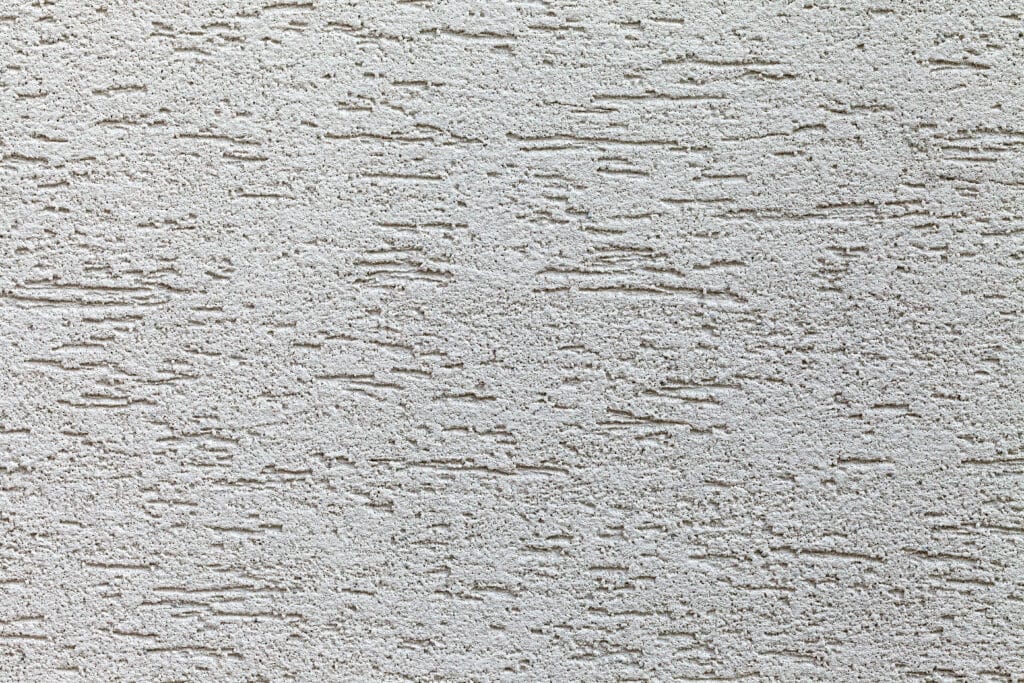
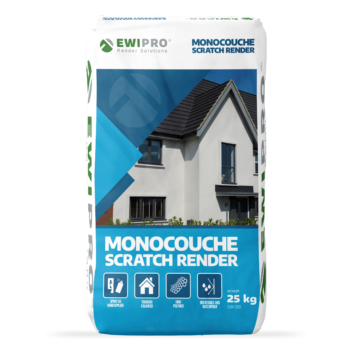
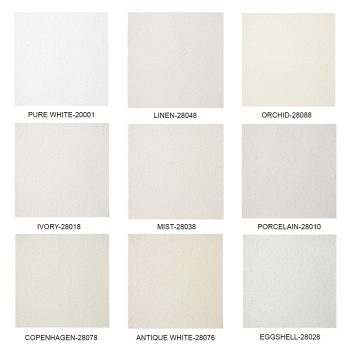
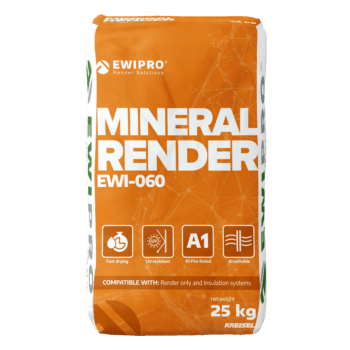
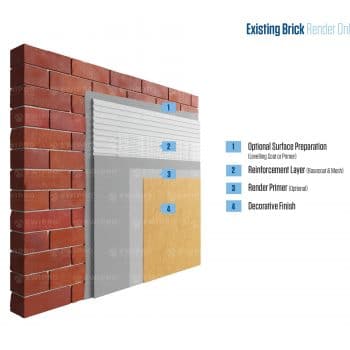
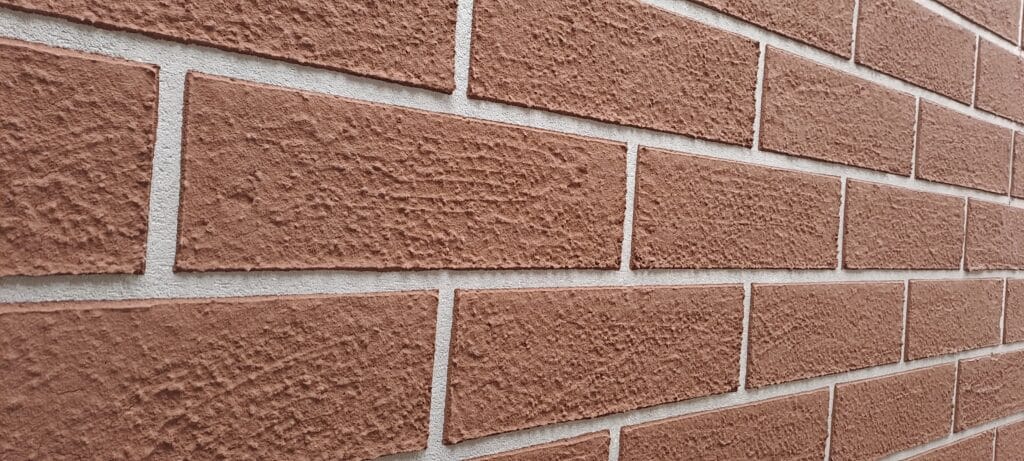
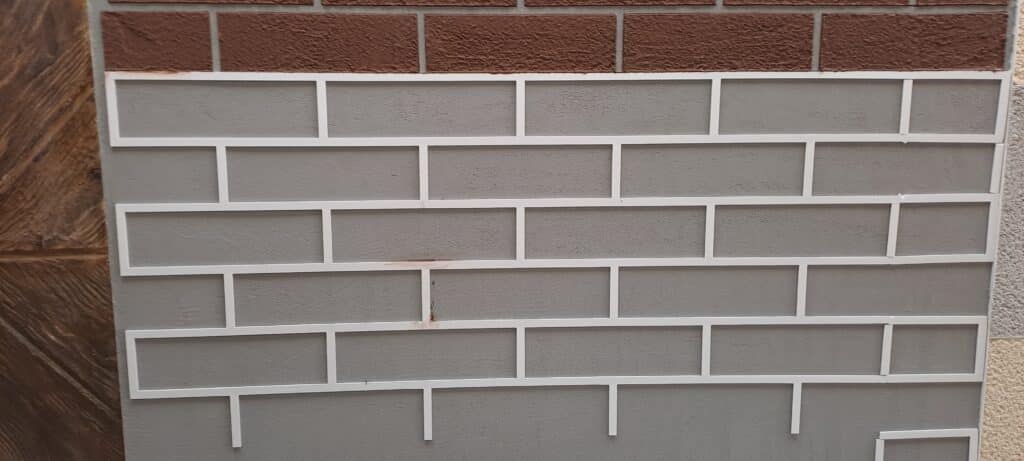
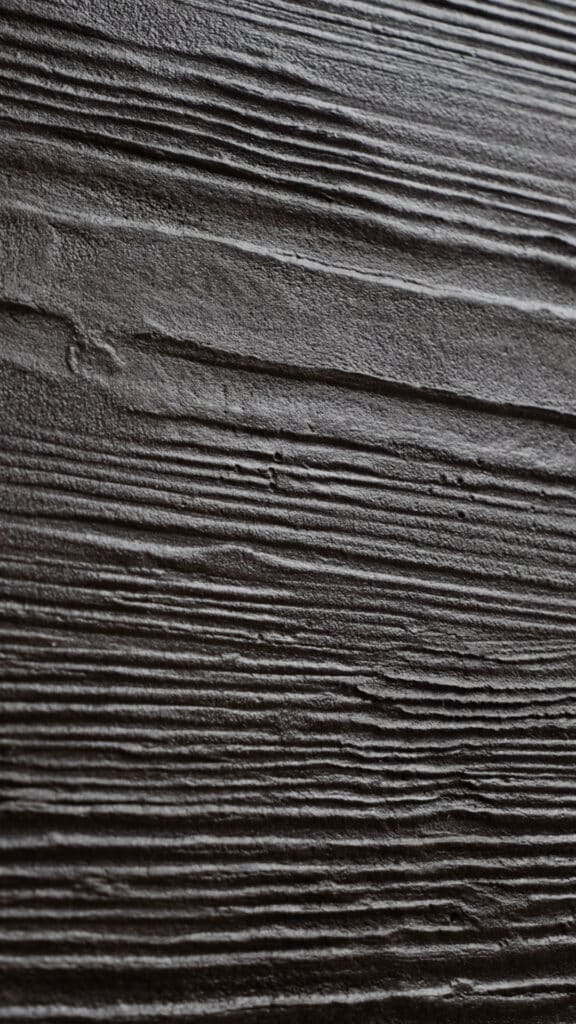
2 thoughts on “Which Type of Render Finish is Right for Your Home?”
Hello, I am consdering adding EWI to the outrigger and wraparound extension to my 1901 London Terrace. Can you supply a render finish that looks like board-pressed concrete? Examples here: https://www.concretenetwork.com/board-formed-concrete.html#:~:text=Board%20formed%20concrete%20features%20a,retaining%20wall%20in%20your%20backyard. If so can you share pictures?
Hi Adrian, you can achieve a wood grain effect by pressing a mould into silicone render whilst it is drying. Any of our silicone renders are suitable for that and we’ve covered wood effect render in this blog https://ewistore.co.uk/which-type-of-render-finish-is-right-for-your-home/
There’s also a picture that shows the final result.